SoundBites
Spring 2023
Getting Trash Off the Ground and Out of the Sound

Improving Westchester’s Streams for Fish
A Seat at Tables Across the Region
Mobilizing People to Make Places
 Arvinas, a New Haven-based biotechology company and a corporate cleanup sponsor in 2022, brought 82 enthusiastic volunteers together and collected over 500 pounds of trash at Long Wharf (pictured) and Criscuolo Park.
Arvinas, a New Haven-based biotechology company and a corporate cleanup sponsor in 2022, brought 82 enthusiastic volunteers together and collected over 500 pounds of trash at Long Wharf (pictured) and Criscuolo Park.
Latest with Leah: Empowering Youth in the Environmental Space
Message from Save the Sound’s president

Save the Sound has a long tradition of engaging and training future environmental scientists, engineers, and lawyers. Currently, our work with the Boys & Girls Club of Mount Vernon brings students to the water to collect data on macroinvertibrates; our policy internships and legal clinic at the University of Connecticut School of Law train future lawyers and lobbyists to create and enforce environmental protections; around the Mill River in New Haven, we work with students to restore places where wildlife, water quality, and humans connect. Our newest addition, the Youth Eco Advocacy Corps, elevates the stories and passions of community organizers who dedicate themselves to changing systems by uniting people. Young activists learn advocacy skills, hone their stories and project messages, and take action together for a more sustainable world. This year, we were proud to present the Eco Advocate Award—bestowed to individuals under 30 who are committed to
advancing a healthy future for the Sound region and have made a measurable impact through their work—to:
Katherine “Kat” Morris, a scholaractivist for intersectional environmental justice with her Master of Public Policy from the University of Connecticut, founded

UConn Collaborative Organizing to promote solidarity and intersectionality in social and environmental justice movements. Kat has tirelessly advocated for healthy communities in Connecticut and the region and recently started her own consulting firm designed to push these movements forward.
Josh Koppel, an 18-year-old climate activist and freshman at the University of Delaware majoring in Environmental Policy, has completed the Natural Resources Conservation Academy and organized two

successful eco fairs to raise awareness about sustainability and climate change.
As we continue to fight against a warming climate, degraded habitats, sewage that closes our beaches and shellfish beds, and chemicals that harm the health of wildlife and people alike, I am inspired by these young leaders who see the hard work ahead, roll up their sleeves, and say, “Count me in! Let’s do this.” And I am grateful that they, and each of you, continue to restore our piece of the planet.
Improving Westchester’s Streams for Fish With Futures Fund grant, we’ll make it happen
and undersized road-stream crossings. By creating an inventory shared among regional environmental organizations and municipalities, we can better prioritize future projects and understand downstream effects of potential stream barrier removals.”
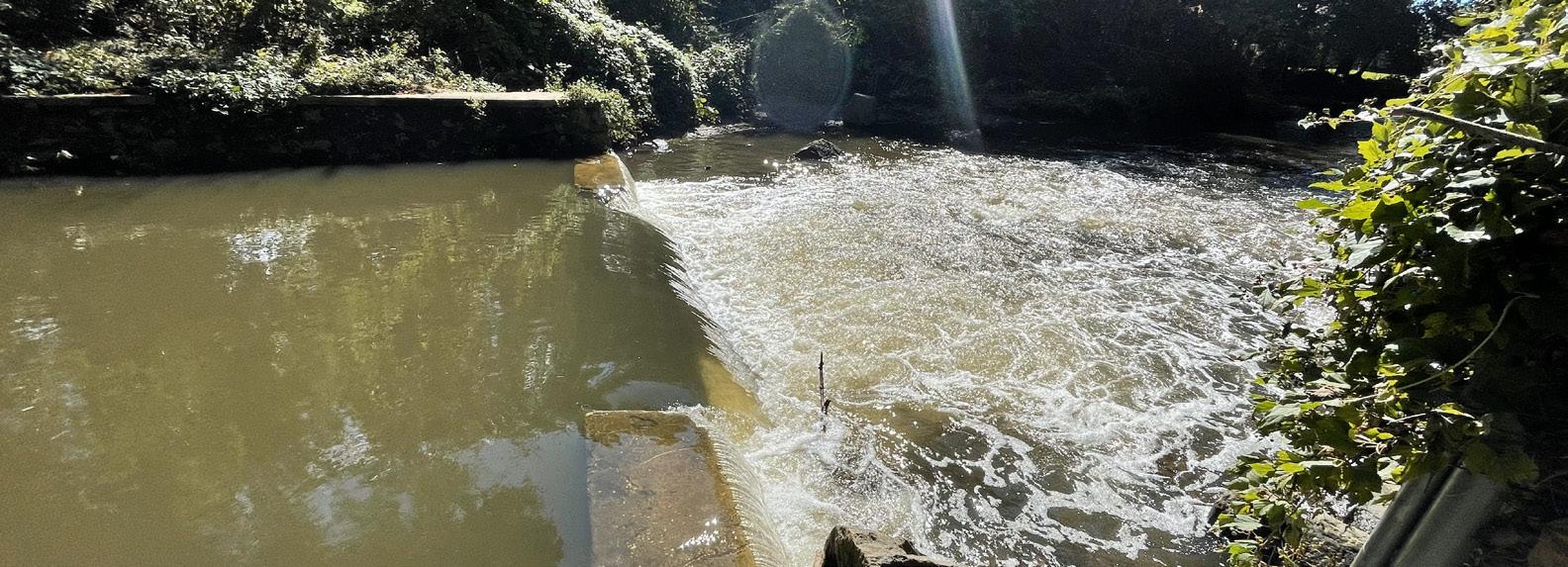
“Barriers like low-head dams (pictured) and undersized or misaligned culverts block migratory and resident fish from accessing their spawning grounds. Before we can decide which barriers need to be removed or updated, we first need to understand where they are and their degree of passability,” says Katie Friedman, New York ecological restoration program manager. Thanks to Futures Fund, Save the Sound will be doing just that in Westchester.
The National Fish and Wildlife Foundation’s Long Island Sound Futures Fund, which
supports projects that aim to conserve and restore the Sound ecosystem, has awarded Save the Sound a $456,600 grant to help fund an inventory of all accessible stream barriers within the Long Island Sound watershed in Westchester County. Identifying dams and culverts that block fish passage will inform restoration priorities along riverine migratory corridors from upstream Westchester County downstream to Long Island Sound.
“Westchester County currently lacks data on the location and impacts of small dams
As Laura Wildman, vice president of ecological restoration, highlights, “Long Island Sound is a critical natural resource which supports both wildlife and our region’s communities, and improving its health will require improving the health of its tributaries. By prioritizing fish passage projects within Westchester County, we can better direct funding and energy to improve fish runs and biodiversity in our region. We are excited to get started on this project and grateful for the support of the Futures Fund that will make it possible.”
Throughout this inventory project, the ecological restoration team will share updates and provide ways for the public to engage in our work on the rivers and streams of Westchester County.
Leah Lopez Schmalz President, Save the Sound
Above: Blind Brook Dam in Rye, NY.
Donor Spotlight: Lee and Arlene Goldsmith
A lifelong connection with water
As a family of kayakers and sailors, Lee and Arlene Goldsmith have always had a deep connection to water, the coastlines of New England, and Long Island Sound. Lee, a physician and trial attorney, grew up in the bustling borough of Queens. He remembers spending long summer days as a child learning the intricacies of boating on a lake near the foothills of the Catskill Mountains. “I have been on the water and involved in the water ever since I was old enough to walk,” Lee recalls. This passion would soon evolve into becoming an avid kayaker— accumulating hundreds of paddling hours in rivers and oceans throughout the world. Arlene, a licensed clinical psychologist, had a similar love for water that began to sprout at a young age. She spent every childhood summer boating with her family and spending time in the water along the New Jersey coastline.
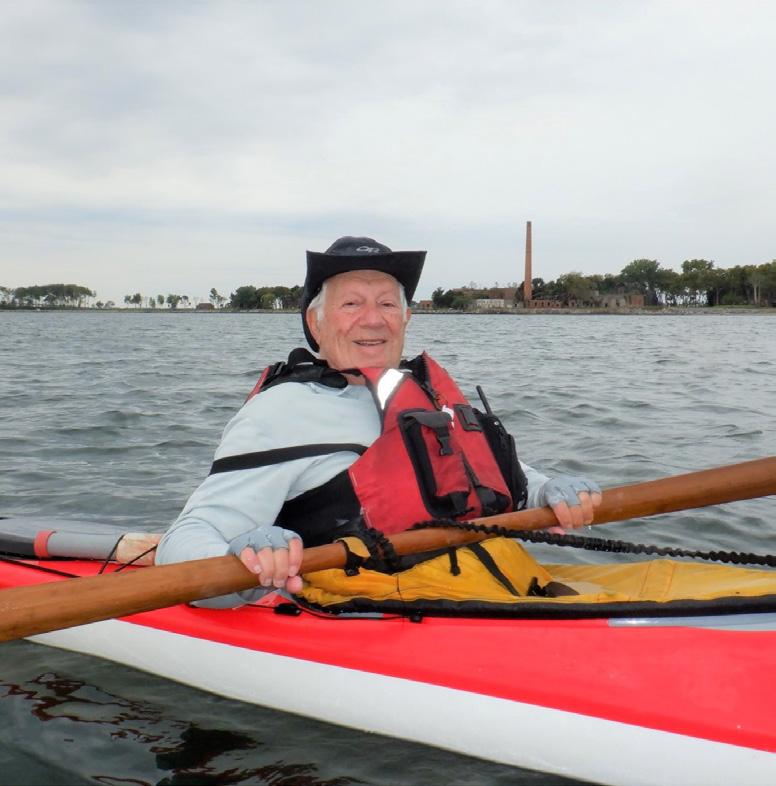
is remarkable,” says Lee. “The cleanliness and quality of the water in Long Island Sound is very important to me, especially so people can have the ability to swim, sail, and
paddle.” Staying connected and involved with organizations making a local impact has always been a priority for Lee and Arlene. Their support benefits our entire region.
After meeting at New York University, Lee and Arlene married, grew their respective careers, and had three children—Ian, Helena, and Jordan. Once their children grew up and began families of their own, the Goldsmiths decided to take on a new adventure by moving to New Rochelle in November 2019. This marked the beginning of their involvement with Save the Sound. “I have sailed the entire Sound on more than one occasion and the beauty is something that
“I think every citizen should be concerned about the climate issues that we are seeing locally and all over the world,” says Arlene. “We should all be concerned about pollution too, not only in terms of air quality but regarding our water quality. Save the Sound is contributing to these efforts, and we look forward to what’s next for them.”
When they aren’t out on the Sound or traveling, Arlene runs her private psychotherapy practice in New Rochelle, NY, and Lee works as a trial attorney at his litigation firm, Goldsmith & Goldsmith, LLP, with their son Jordan. We are incredibly grateful for their commitment to our Long Island Sound and to our regional environment.

Support a healthy Long Island Sound as a Green Guardian!
Green Guardians provide sustaining monthly support, securing Save the Sound’s ability to fight for a clean Long Island Sound—and with that, support for healthy water and sustainable Sound communities. Set up an automatic monthly payment and the small addition to your household budget will both support Save the Sound’s strategic projects and bolster our ability to respond to emergencies like sewage spills and at-risk habitats. As a Green Guardian, know that you’re fighting for a thriving Long Island Sound—all year long. For more information, contact Executive Vice President of Philanthropy Alicia Sullivan at asullivan@savethesound.org or 203-787-0646 x109.
 Above: Lee kayaking near Hart Island in Long Island Sound.
Above: Lee kayaking near Hart Island in Long Island Sound.
I have sailed the entire Sound on more than one occasion and the beauty is something that is remarkable.”
“
- Lee Goldsmith, MD, LLB
Above: Lee Goldsmith, MD, LLB, and Arlene Goldsmith, PhD, at their home in New Rochelle, NY.
Getting Trash Off the Ground
and Out of
Highlighting six years of Connecticut cleanup data
What is the Connecticut Cleanup?
The Connecticut Cleanup has kept our state and Long Island Sound region clean for over 20 years and each year the program gets bigger! As part of the Ocean Conservancy’s International Coastal Cleanup (ICC), hundreds of volunteers like you pick up trash at parks, beaches, and rivers while keeping track of the number and type of trash collected to understand trends in pollution. Over the past six years, cigarette butts and
CIGARETTE BUTTS

The most common kind of trash collected each year is dangerous to animals and humans due to chemical leaching and plastic pollution from the cigarette filters.
STRAWS AND BOTTLES
Straws can suffocate birds and sea turtles, plastic bottles continue to be a common trash type, and they both break up into smaller, more harmful pieces. Choose the reusable alternatives.
plastic trash have been the most common. Both of these types of trash are harmful to local wildlife and human health as they leach chemicals into the environment. Help us stop this pollution by picking up trash on the ground and in the Sound.
Ready to get involved?
There are lots of ways to be part of the Connecticut Cleanup! Join a cleanup during the August-to-October cleanup
the Sound
season, plan your own as a cleanup captain, or help sponsor the program by coordinating a corporate cleanup. New Yorkers can participate in the ICC with your state coordinator, the Littoral Society. Get in touch!
To learn more and commit to a cleaner Long Island Sound region, get in touch with our Cleanup Coordinator, Annalisa Paltauf, at apaltauf@savethesound.org

FOOD WRAPPERS
Food wrappers continue to be one of the top three trash types each year. They contribute to plastic pollution and chemical leaching and end up in landfills even when properly disposed.
STYROFOAM
Cups, take away containers, and packaging made of polystyrene (a type of plastic) can take over 500 years to decompose.
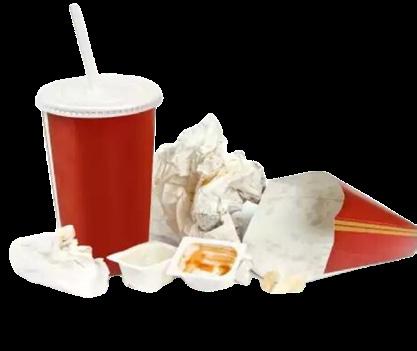
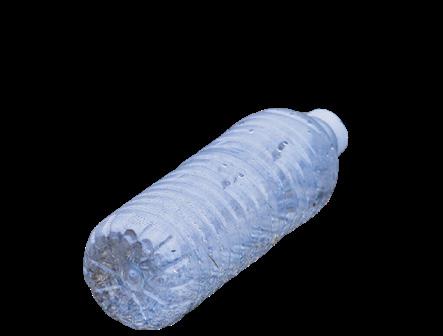

BALLOONS
Mylar and rubber balloons increased in abundance during the pandemic, potentially due to more outdoor celebrations. They continue to be the most common trash found floating on the Sound

SMALL PLASTIC PIECES
This trash type presents choking hazards and contributes to the deaths of one milion seabirds each year. These pieces break into microplastics, presenting a much more complex issue.

Stories from the Connecticut Cleanup
“For the past eight years, I have been leading cleanups at Rocky Neck State Park and have been shocked to see what is hiding between rocks and under the sand. My biggest concern is the lack of knowledge around pollution. The abundance of disposable masks during the height of the pandemic introduced a new trash type and hazard to the environment. Not everyone knows how important it is to break off the ear loops before disposing masks so wildlife is protected from getting tangled. Something that seems so simple wasn’t getting done and if those masks ended up in our waters, they would both pollute our waters and put animals at risk of suffocation.”
- Michiela Messner, East Lyme
“Last year was my 17th year hosting cleanups in West Haven with support from Save the Sound. I was inspired to lead these cleanups after seeing so much trash on the beach, finding it unacceptable, and therefore wanting to do something about it. As a scientist, I appreciate the data collection aspect of the Ocean Conservancy’s effort, as well. Sometimes trying to address the issue of litter can be very discouraging given the widespread disregard and lack of concern, but despair is not an option. These events bring me hope and offer one tangible solution.”
 - Robert Marra, West Haven
- Robert Marra, West Haven
Coming Together for River Restoration
Protecting our coastal communities and beyond
Save the Sound is one of several nonprofits working to increase the pace of dam removals, culvert replacements, and river rehabilitation projects as part of the Long Island Sound River Restoration Network The Network, launched last year, aims to collaboratively identify priority projects, streamline their permitting processes, and connect them with the right funding sources. So far, the growing Network includes the Housatonic Valley Association, Farmington River Watershed Association, Trout Unlimited, Connecticut River Conservancy, American Rivers, and The Nature Conservancy in Connecticut.

Connecticut has the most barriers per river mile in the nation with approximately 5,000 dams and 26,000 road-stream crossings. And the density is actually similar in the New York portion of the Long Island Sound watershed. In addition to impeding migratory fish who make their way upstream from Long Island Sound, the failure of these often-dilapidated structures can present serious hazards by flooding critical
roadways or damaging downstream homes and infrastructure. Restoring connectivity to the tributaries of Long Island Sound would provide access to essential habitat for wildlife, build a more resilient watershed, and create a symbiosis between our built environments and our natural ones.
The Network will build a list of priority projects in Connecticut and New York
with input from property owners and state agencies and execute identified projects as a diverse team of field experts. The need for nature-based solutions has never been greater and using those solutions to restore ecosystem functioning will not only benefit native flora and fauna but will protect our communities in the long term.
 Above: Pond Lily Dam removal project in New Haven, CT.
Above: Pond Lily Dam removal project in New Haven, CT.
Mobilizing People to Make Places
Doreen Abubakar, New Haven native, mother, grandmother, and urban environmentalist, is the founder of CPEN-Community Placemaking Engagement

Network. This New Haven-based nonprofit connects young people with sustainability opportunities including urban farming and outdoor recreation.
In 2011, Doreen founded the West River Watershed Partnership to engage people of all backgrounds who live around the river in New Haven. She organized the West River Water Festival, now an annual festival where neighbors enjoy canoe rides, bird walks, a touch tank with marine animals, and other family activities that connect the community to the beautiful urban watershed. Doreen’s leadership and partnership have been instrumental in Save the Sound’s success connecting with residents of the West River Watershed to install rain gardens that filter stormwater and beautify blocks.
“Doreen and CPEN have been incredible partners, working with the ecological restoration team in New Haven’s West River Watershed,” says Nicole Davis, watersheds project manager. “Last summer CPEN’s Urbanscapes Native Plant Nursery provided a third of the native plants that were installed at the Mill River Trail Community Green Space in Fair Haven. I am looking forward to finding more opportunities to collaborate with CPEN and have already started to talk to Urbanscapes about plants when we relaunch our residential rain garden program this fall.”
Save the Sound and CPEN partner on environmental projects

We’re proud to continue working with Doreen and CPEN on environmental projects. On April 29, we will be participating together in the 15th
Annual Rock to Rock Earth Day Ride/Walk. We encourage you, our readers, to learn more about the event and Doreen’s story on our blog.
A Seat at Tables Across the Long Island Sound Region
Shaping policy that can help save the Sound
When he joined Save the Sound last summer, Vice President of Water Protection David Ansel was looking forward to helping shape our influence and impact on the health of Long Island Sound and its surrounding communities. Less than six months later, David found himself with a seat at the table.
A big oval one, set up across from a doubledecker dais in Hearing Room B inside the Legislative Office Building in Albany. Sitting before him were members of the Environmental Conservation Committee in their 11th hour of a joint legislative budget hearing. Seated to David’s right were representatives from The Nature Conservancy, the National Audubon Society, and Hudson Riverkeeper.
The four environmental leaders provided testimony and fielded questions from elected officials, all sides working collectively toward a shared objective the best environmental policy possible.
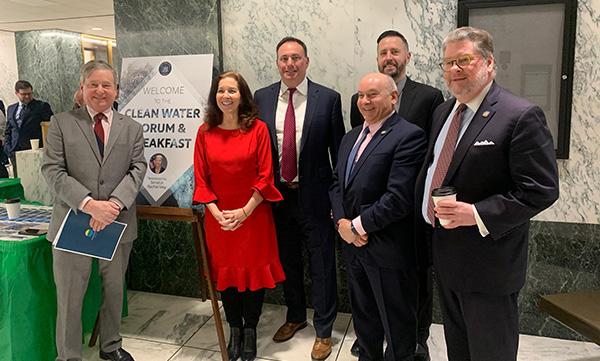
David’s work in New York in his inaugural legislative session has been groundbreaking for Save the Sound. He’s met environmental leaders from Albany to the East End of Long Island, forged relationships with elected officials from districts bordering the Sound as well as those further inland, and even took his first steps as a boots-on-the-ground lobbyist during Environmental Protection Fund Lobby Day. Beyond that, he’s brought Save the Sound into coalitions supporting various bills through the legislative process, including the $4.2 billion Environmental Bond Act last November. He has begun working with county executives in Westchester County and on Long Island and is partnering with other organizations to help protect the waters of New York City. His seat, as it turns out, has a spot at a lot of tables.
“We have the ears of all these legislators because our organization has a long track record of credibility with them,” says David. “They are allies who care about Long Island Sound, coastal resiliency, and living shorelines the way we do.”
We have the ears of all these legislators because our organization has a long track record of credibility with them. They are allies who care about Long Island Sound, coastal resiliency, and living shorelines the way we do.”
“
- David Ansel
From left to right: Assemblyman Steve Otis, Citizens Campaign for the Environment Executive Director Adrienne Esposito, David Ansel, Assemblyman Chris Burdick, and State Senator Pete Harckham.
Welcoming New Faces to Save the Sound
Our ecological restoration and development teams are growing!


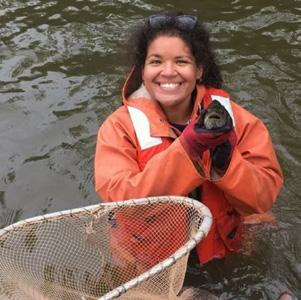
Allison works with the dynamic grants team to build and sustain support for the organization’s activities across the region. Allison joined Save the Sound after working for over a decade in the cultural sector, where she served in program and development roles at several tristate area institutions, including Japan Society and Americans for the Arts.
How do you enjoy our region’s environment? “I like casual birdwatching, amateur botany and mushrooming, film photography, hiking, and general mucking about in nature.”
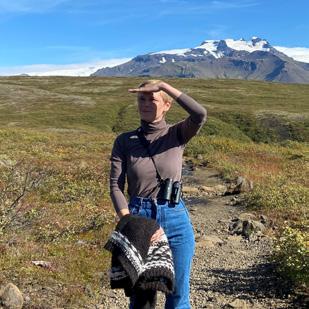
Kim provides strategic leadership in support of the organization’s fundraising campaign. She has 15 years’ experience as a fundraising professional with an extensive background in nonprofit management. Kim joins Save the Sound from her recent role as Development Director at the University of New Haven; she was previously the Chief Fundraising Officer for nonprofit arts organizations as well. What are you looking forward to most this summer? “My favorite part of summer is afternoons at the pool and evenings at the firepit with friends. This year I am going to try to plant a vegetable garden.”
Megan Lung works closely with the New York ecological restoration program manager to restore vital stream ecology, promote coastal restoration, and implement green infrastructure. Megan comes to Save the Sound from the New York State Department of Environmental Conservation’s Hudson River Estuary Program where she focused on river restoration supported by sound science and robust outreach to stakeholders.
Do you have an interesting hobby? “I volunteer at a community-based clay studio in Poughkeepsie on the weekends. My latest project has been casserole dishes.”
Paul is a Certified Ecological Restoration Practitioner and Fluvial Geomorphologist who recently joined Save the Sound as a senior project manager. He brings 14 years of experience in the restoration of rivers, floodplains, inland wetlands, and tidal marshes, including over 50 dam removals. Paul will support ongoing and future projects in the restoration of rivers, wetlands, and tidal marshes in the Long Island Sound watershed.
What gets you outside in our region’s environment? “I love hiking and kayaking. Hiking, which I often do with my wife and two sons, gets us out and about in natural areas of Connecticut, New England, and beyond.”


Amanda is on the development team and works closely with the program and communications staff. Prior to joining Save the Sound, she was a freelance communications professional that focused on web and graphic design, event planning, copywriting, and photography for small businesses and nonprofits.

How do you spend time outdoors? “Camping is one of my favorite things to do in the warmer months. Whether it’s backpacking in the mountains, car camping by the ocean, or overnight hammocking with friends, slow weekends outside are what keep me going. This summer, I hope to try canoe camping for the first time.”
Lys works with various community members and stakeholders on green infrastructure projects, primarily those within the Mill, Pequonnock, Quinnipiac, and West River Watersheds. Lys comes to Save the Sound from CitySeed, a New Haven-based food justice organization where they worked closely with agricultural producers, small businesses, and community members to fight for a just and equitable food system on both a local and state-wide level.
What’s your favorite thing to do on vacation or on the weekend? “I love exploring new places, especially by snorkeling, boating, or hiking. I also LOVE trying regional foods and cuisines.”
Kim Williams Campaign and Planned Gift Director
Allison Remy Hall New York Foundations Manager
Paul Woodworth Ecological Restoration Senior Project Manager
Megan Lung Ecological Restoration Project Manager
Lys Gant Watershed Stewardship Coordinator
Amanda James Member Communications & Events Specialist
New office space for Connecticut staff


Our New Haven office has moved—but not far! In February, we began the move to a new office just across the street, still overlooking the New Haven Green, in a space well-suited to hybrid work and our growing team. We can’t wait for you to visit—stay tuned for news about when we can welcome you.

In this issue… Getting Trash Off the Ground and Out of the Sound Improving Westchester’s Streams for Fish A Seat at Tables Across the Region Mobilizing People to Make Places 127 Church St, 2nd Floor New Haven, CT 06510 Non-Profit U.S. Postage PAID Permit No. 403 New Haven, CT
in New Haven Published by Save the Sound. All rights reserved. • 127 Church St, 2nd Floor, New Haven, CT 06510 • 1385 Boston Post Road, 2nd Floor, Larchmont, NY 10538 • 203-787-0646 • ajames@savethesound.org Articles in this newsletter may be reprinted with permission. • Newsletter
Save the Sound is on the Move
team: Amanda James, Laura McMillan, Alicia Sullivan, Josh Garskof.
Left: This space enables us to store more equipment for the upcoming cleanup season, rain garden plantings, volunteer projects, and more.
Above: New York and Connecticut staff gather together at the New Haven office for a day of training.

 Arvinas, a New Haven-based biotechology company and a corporate cleanup sponsor in 2022, brought 82 enthusiastic volunteers together and collected over 500 pounds of trash at Long Wharf (pictured) and Criscuolo Park.
Arvinas, a New Haven-based biotechology company and a corporate cleanup sponsor in 2022, brought 82 enthusiastic volunteers together and collected over 500 pounds of trash at Long Wharf (pictured) and Criscuolo Park.







 Above: Lee kayaking near Hart Island in Long Island Sound.
Above: Lee kayaking near Hart Island in Long Island Sound.







 - Robert Marra, West Haven
- Robert Marra, West Haven

 Above: Pond Lily Dam removal project in New Haven, CT.
Above: Pond Lily Dam removal project in New Haven, CT.












